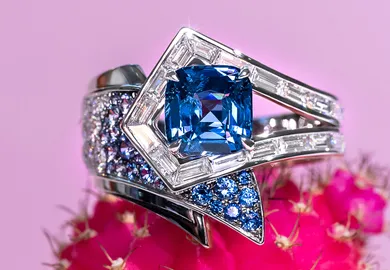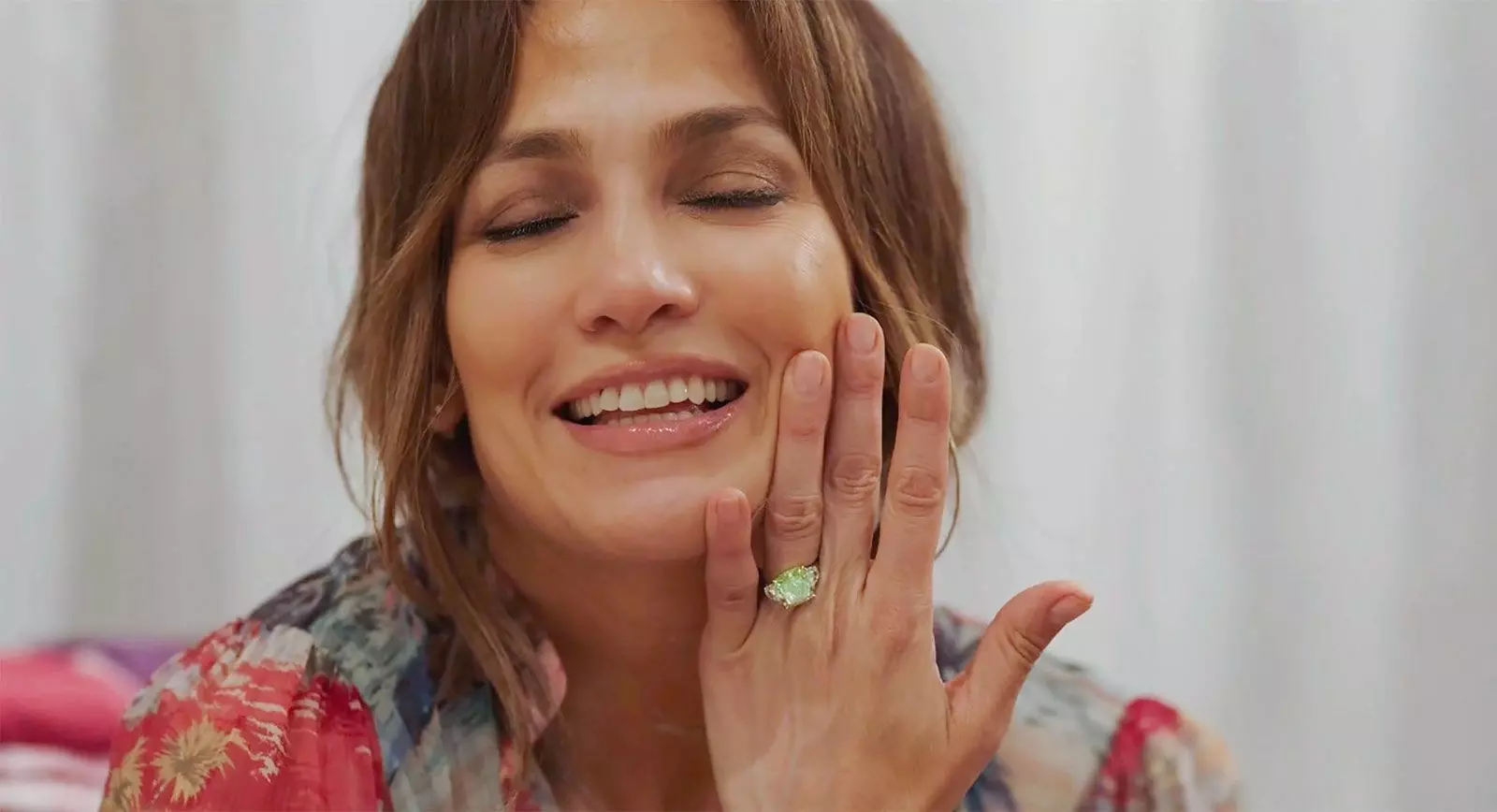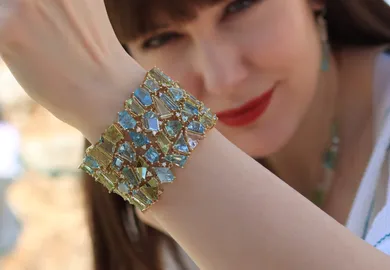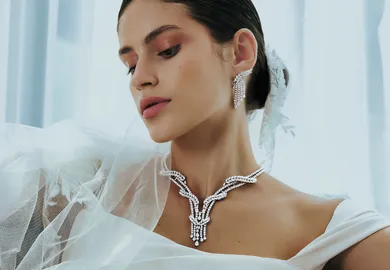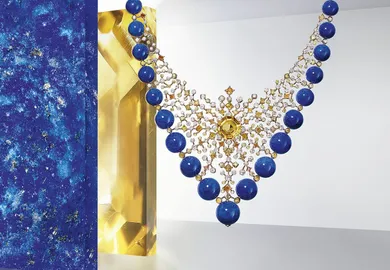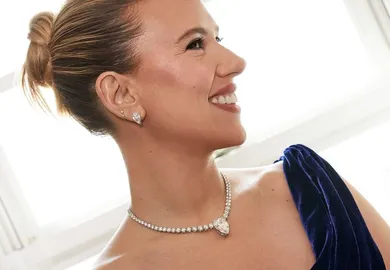

High Jewellery vs. Fine Jewellery: What’s the Difference?
It’s a question I get asked all the time: what’s the difference between fine jewellery and high jewellery? Where does one stop and the other begin? And what are the fundamental qualities that make a piece of jewellery ‘high’ and not ‘fine’? Frustratingly, the answers are different depending on who you ask. So here, I’d like to discuss this subject and share my opinion as well as some thoughts from my fellow jewellery editors about this ongoing debate…
Recently, I received a press release from a brand about its latest high jewellery collection. Of course, this isn’t new in the world of KaterinaPerez.com, but what caught my attention was the headline… “High Jewellery Collection Using Only Lab-Grown Diamonds”. Immediately, I felt like something didn’t add up for me personally. Instinctively I felt, deep down, that laboratory-grown diamonds cannot be synonymous with high jewellery, at least not for me. Why? The desire to articulate this thoughtfully and objectively is what sparked the idea for this article. Can we explicitly state what high jewellery is versus what fine jewellery is? Is there a cut-and-dry answer, or is it simply open to interpretation? Let’s explore together!
This story is available to Katerina Perez Club members.
Monthly Subscription
£15/month
Billed monthly. Cancel anytime.
Annual Subscription
£11/month
Billed as £132/year
Already have an Account?
Related Articles
Latest Stories
Add articles and images to your favourites. Just

Reinventing Royalty:The European-Inspired Luxury Behind Isabel Gemology
I started 2025 with a series of articles titled ‘Jeweller of the Month’ to highlight the true talent among niche designers in the jewellery industry. For May, it is Isabel Delgado, the founder of Isabel Gemology, who I would like to shine the spotlight on.
Jewels Katerina Perez Loves
Continue Reading

Writing Adventures:Co-Authoring the Book
Paraiba: The Legacy of a Color
Brand Focus: Cartier
Jewellery Insights straight to your inbox

